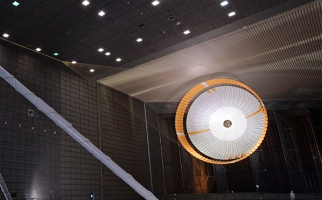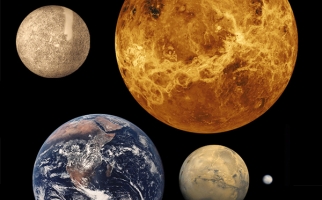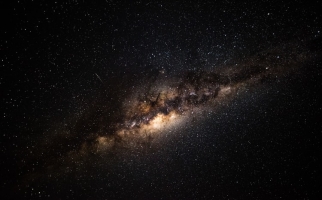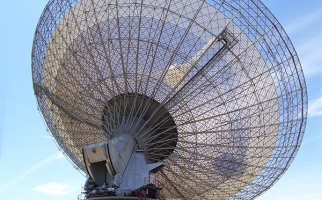
The Optics of Telescopes
Backgrounders
Learn about telescopes, how they work & why they're important to astronomers.

Why is it colder in the winter even though the Earth is closer to the Sun?
Hands-on Activities
Learn why we have seasons in this hands on activity.

What is Ocean Warming and Why Does It Matter?
STEM Explained
Oceans absorb the greatest amount of solar radiation on Earth. Ocean warming can lead to glaciers melting and ocean acidification.

What is your weight on another planet?
Hands-on Activities
Do you weigh the same on Jupiter as you do on Earth? Learn to calculate your weight on a different planet.

What would happen if a meteor hit Earth?
Hands-on Activities
Explore the effects of asteroid impacts in this hands on activity.

Temperature on Earth and on the ISS
Backgrounders
Temperature is an important part of life on Earth and life in space. This backgrounder explains what temperature is, how it affects people and how it is controlled on the International Space Station.

Testing Parachutes for Mars
STEM Explained
NASA engineers apply kinematics and dynamics to test parachutes designed specifically to help space probes land safely using aerodynamics.

The Inner Solar System
STEM Explained
Earth is covered in rocks. So are Mercury, Venus, Mars and the Moon. Does that mean the rocky planets are all the same?

The Life and Death of Stars
STEM Explained
The life and death of stars form the chemical elements that make up Earth, making stars critical to life as we know it.

The Milky Way
STEM Explained
In 2019, scientists discovered that our galaxy, the Milky Way, is not the shape they thought it was. How do astronomers use astronomical distance to understand the shapes of galaxies?

The Search for Extraterrestrial Intelligence - and How You Can Help!
STEM Explained
When astronomers search for extraterrestrial life, they often have to listen for radio waves coming from deep space. If you’re interested, you can help!

Space Junk
STEM Explained
Litter isn't just a problem on Earth. When litter ends up in space, it can cause collisions and other consequences for satellites, the International Space Station and even for people on Earth!

Spaceflight and Bone Loss
STEM Explained
Astronauts can experience bone loss in space. To understand why, you need to know a bit about how bones are formed and maintained in your body.

Sun: Sunrise
Picture Collections
5 images of scenes showing various sunrises
